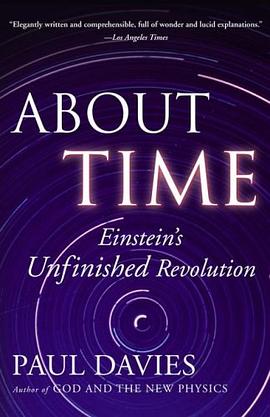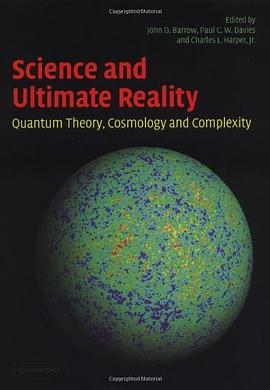About Time 豆瓣
作者:
Paul Davies
Simon & Schuster
1996
- 4
The traditional association between time and creation is at the heart of science, cosmology, and religion. When scientists began to explore the implications of Einstein's time for the universe as a whole, they discovered that time is elastic, and can be warped by rapid motion or gravitation, that time cannot be meaningfully divided into past, present, and future, nor does time flow in the popular sense. And they made one of the most important discoveries in the history of human thought: that time, and hence all of physical reality, must have had a definite origin in the past. There can be both a beginning and an end to time. But important though Einstein's theory of time turned out to be, it still did not solve "the riddle of time, " and the search for a deeper understanding of time and its relationship with the rest of the physical universe remains at the top of the scientific agenda. From black holes, where time stands still, to the bizarre world of quantum physics, where time vanishes completely, Professor Davies finds evidence that our current theories of time simply don't add up. Why, for instance, does the universe appear younger than some of the objects within it? And how does the concept of time emerge from the timeless chaos of the big bang? Is the passage of time merely an illusion? Can time run backwards? Is time travel possible?

